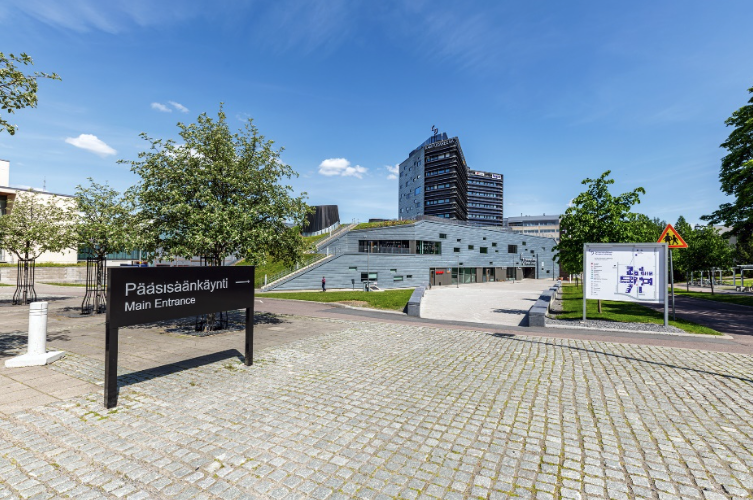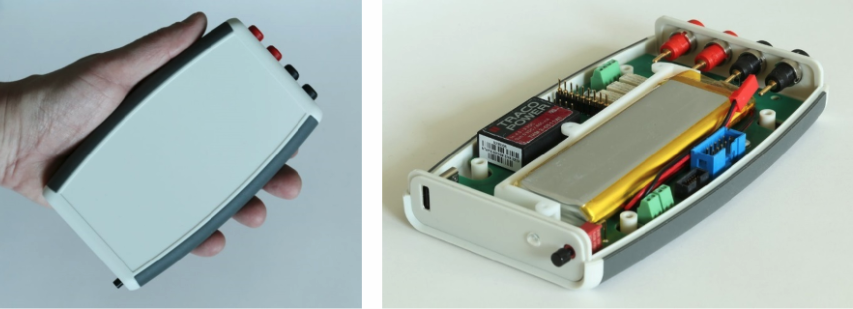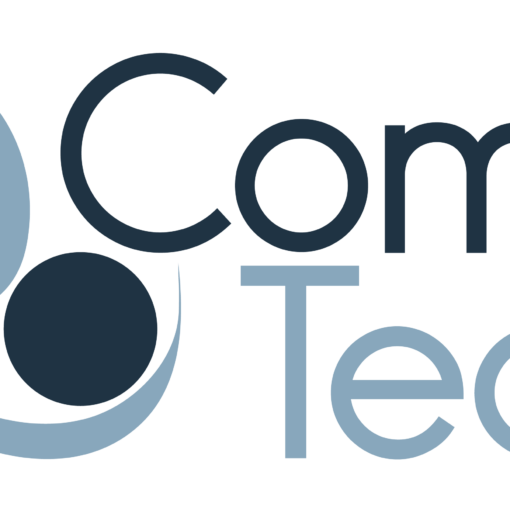Tampere University (TAU) is the second largest university in Finland. Its multidisciplinary research focuses especially on technology, health and society. Tampere University has seven different faculties and offers education in ten fields across three campuses: the City center campus, the Hervanta Campus and the Kauppi campus. Additionally, TAU operates in the university consortia in Pori and Seinäjoki cities.
The current foundation-based Tampere university was established in January 2019 through the merger of the former University of Tampere and Tampere University of Technology. However, the roots of Tampere University can be traced back a century, and technical research and education date back sixty years to the time when Helsinki University of Technology established a subsidiary in Tampere. Thus, in 2025, Tampere University celebrates its 100th anniversary and the 60-year history of technical research and education.
The strategy of Tampere University aims to work together to build a sustainable world by combining scientifically excellent and high-impact research and education in technology, health and society. Together with its partners, the university aims to develop solutions to improve human health and well-being, societal resilience, and environmental sustainability.
The values of Tampere University are:
- Courage,
- Critical thinking,
- Diversity,
- Erudition ,
- Learner-centredness,
- Openness, and
- Responsibility.
In the ThrombUS+ project, Tampere University is represented by the Sensor Technology and Biomeasurements research group, which operates at the Hervanta campus and is part of the Faculty of Medicine and Health Technology.
Hervanta campus – a hub of technology
Hervanta campus is a hub of science, technology, and collaboration, providing research and teaching in natural sciences, engineering, architecture, and health technology. It is also a community of 8,000 bachelor’s, master’s and doctoral students, a workplace for 2,000 professionals from different fields, and a homebase for more than 100 companies. Before the merger in 2019, Tampere University of
Technology operated on the Hervanta campus.
Photo: Marko Kallio / Skyfox / Tampereen yliopisto
Faculty of Medicine and Health Technology (MET)
The Faculty of Medicine and Health Technology (MET) is a multidisciplinary faculty dedicated to pursuing world-class research, high-level education, and bringing together expertise in medicine, biosciences, and technology. The faculty employs over 600 staff members and its annual budget is approximately €61 million, of which 54% comes from competitive research grants.
MET consists of six research units whose main research areas are:
- Wearable technology,
- Health- and bioinformatics,
- Systems biology and physiology in-silico,
- Biomaterials and tissue engineering, stem cells,
- Body on chip and organ on chip,
- Protein technologies,
- Biophysics, bioimaging,
- Mitochondrial diseases,
- Cardiovascular diseases,
- Celiac disease,
- Prostate cancer, and
- Vaccines and immunology.
TAU’s contribution to ThrombUS+ Project – Electrical impedance plethysmography with machine learning-based decision-making for deep vein
thrombosis detection and clinical investigations
The role of TAU in the ThrombUS+ project is to study the use of electrical impedance plethysmography technology for detecting deep vein thrombosis and to utilize machine learning and artificial intelligence approaches for decision-making from multiple data sources. Particularly, TAU is responsible for developing the electrical impedance plethysmography hardware and software for the venous occlusion plethysmography subsystem of the overall ThrombUS+ solution. The first prototype was completed in 2024, and its development is ongoing. Tampere University also participates in and performs clinical studies to collect data and validate the technology developed in the project. The first clinical trials will begin in 2025.
Electrical impedance plethysmography prototype developed during the ThrombUS+ project.






